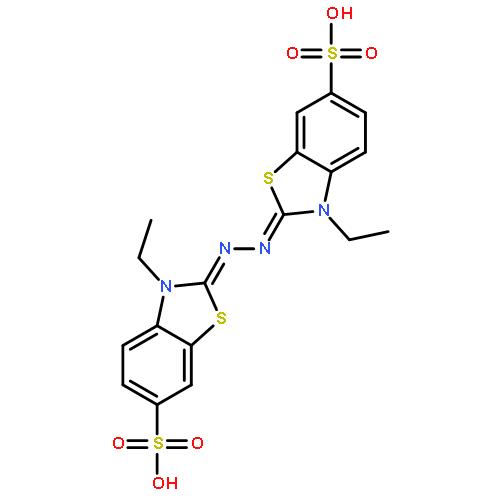Co-reporter: Tao Li, Erkang Wang and Shaojun Dong
pp: 1515
Publication Date(Web):January 22, 2010
DOI: 10.1021/ac902638v
The lead ion (Pb2+) has been proven to induce a conformational change of K+-stabilized G-quadruplex DNAzyme and inhibit the peroxidase-like activity [Li, T.; Wang, E.; Dong, S. J. Am. Chem. Soc. 2009, 131, 15082−15083]. This provides a rationale for utilizing Pb2+-induced allosteric G-quadruplex DNAzyme to probe aqueous Pb2+. Here, we choose a common G-quadruplex DNAzyme named PS2.M to develop a novel Pb2+ sensor with two detection means: colorimetry and chemiluminescence (CL). In the presence of K+, PS2.M (with hemin as a cofactor) exhibits a superior DNAzyme activity and effectively catalyzes the H2O2-mediated oxidation of 2,2′-azino-bis(3-ethylbenzothiazoline-6-sulfonic acid) diammonium salt (ABTS) or luminol, which results in a color change or generates CL emission. Upon the addition of Pb2+, K+-stabilized PS2.M is induced to convert to the Pb2+-stabilized structure with higher stability but lower DNAzyme activity, which is reflected by an obvious increase in DNA melting temperature but a sharp decrease in readout signal. This allows us to utilize PS2.M for quantitative analysis of aqueous Pb2+ using the ABTS−H2O2 colorimetric system and luminol−H2O2 CL system. In each case, the readout signal is linearly dependent on the logarithm of Pb2+ concentration within a certain range. Nevertheless, two sensing systems provide different sensitivity for Pb2+ analysis. With colorimetry, Pb2+ can be detected at a level of 32 nM (∼7 ppb), whereas the detection limit of Pb2+ is 1 nM (0.2 ppb) when utilizing the CL method. In addition to high sensitivity, the above sensing systems exhibit good selectivity for Pb2+ over other metal ions. These results demonstrate the facility and effectivity of our introduced DNAzyme-based sensor for quantitative Pb2+ analysis.


